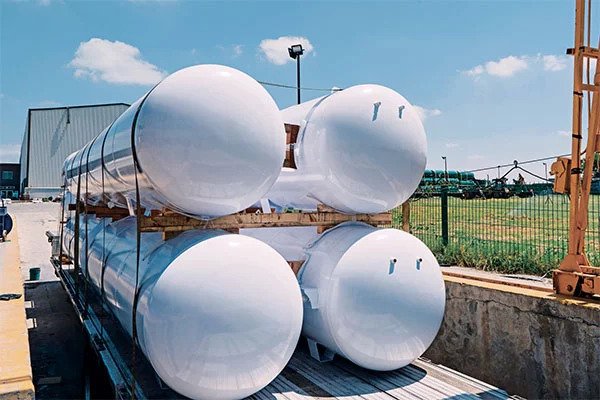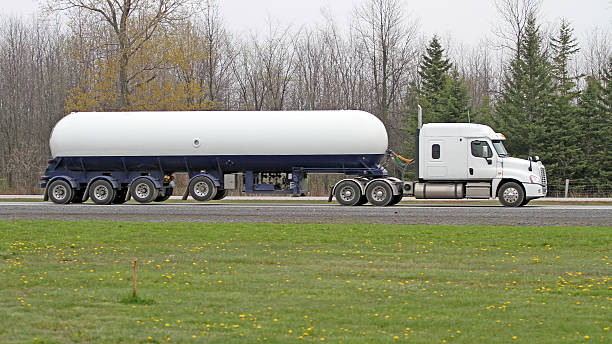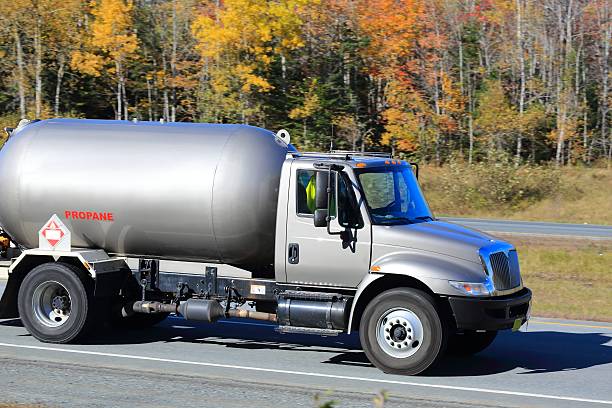Optimizing Propane Delivery Fleets
Effective management of propane delivery fleets is vital to the success and efficiency of propane businesses. Implementing these best practices for managing fleets will help to ensure that they operate smoothly, meet customer demands, and maintain cost-effectiveness. 1. Regular Vehicle Maintenance Implement a strict schedule for regular maintenance of delivery vehicles. This includes routine checks… Continue reading Optimizing Propane Delivery Fleets







